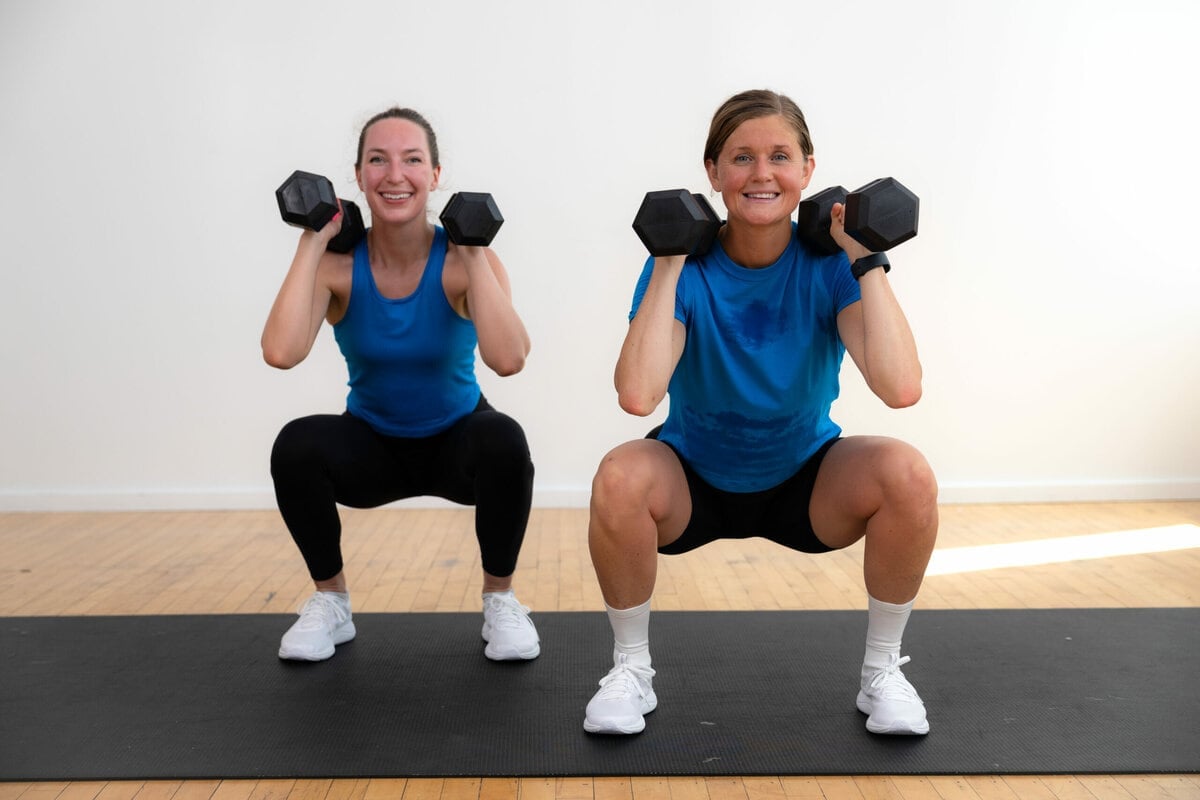Being active is important for any weight-loss or weight-maintenance program. When you’re active, your body uses more energy (calories). And when you burn more calories than you consume, you lose weight.
To lose weight, most people need to reduce the number of calories they consume and increase their physical activity, according to the 2015-2020 Dietary Guidelines for Americans. In general, that means that to lose 1 1/2 pounds (0.7 kilograms) a week, you need to reduce your daily calories by 500 to 750 calories.
There are other factors that can influence this equation. Because of changes that occur in the body over time, you might need to decrease calories further to continue losing weight or maintaining it.
Diet or exercise: Does one matter more?
Both are important. Diet has a stronger effect on weight loss than physical activity does; physical activity, including exercise, has a stronger effect in preventing weight regain after weight loss.
Weight loss through diet without physical activity, especially in older people, can increase frailty because of age-related losses in bone density and muscle mass. Adding aerobic and resistance training to a weight-loss program helps counter the loss of bone and muscle.
For most healthy adults, the U.S. Department of Health and Human Services recommends these exercise guidelines:

- Aerobic activity. Get at least 150 minutes of moderate aerobic activity or 75 minutes of vigorous aerobic activity a week, or a combination of moderate and vigorous activity. The guidelines suggest that you spread out this exercise during the course of a week. Greater amounts of exercise will provide even greater health benefit. But even small amounts of physical activity are helpful. Being active for short periods of time throughout the day can add up to provide health benefit.
- Strength training. Do strength training exercises for all major muscle groups at least two times a week. Aim to do a single set of each exercise, using a weight or resistance level heavy enough to tire your muscles after about 12 to 15 repetition

Moderate aerobic exercise includes activities such as brisk walking, swimming and mowing the lawn. Vigorous aerobic exercise includes activities such as running and aerobic dancing. Strength training can include use of weight machines, your own body weight, resistance tubing or activities such as rock climbing.
As a general goal, aim for at least 30 minutes of physical activity every day. If you want to lose weight, maintain weight loss or meet specific fitness goals, you may need to exercise more.
How much am I burning?
This list shows the estimated number of calories burned while doing various exercises for one hour. This is to give you an idea of the relative calorie burn of various activities for a person who weighs 160 pounds (73 kilograms).
Specific calorie expenditures vary widely depending on the exercise, intensity level and individual characteristics such as weight.
| Activity (1-hour duration) | 160 lbs. (73 kg) |
|---|---|
| Aerobics, low-impact | 365 |
| Aerobics, water | 402 |
| Bicycling, < 10 mph, leisure | 292 |
| Dancing, ballroom | 219 |
| Elliptical trainer, moderate effort | 365 |
| Golfing, carrying clubs | 314 |
| Hiking | 438 |
| Running, 5 mph | 606 |
| Skiing, downhill | 314 |
| Swimming laps, light or moderate | 423 |
| Walking, 3.5 mph | 314 |